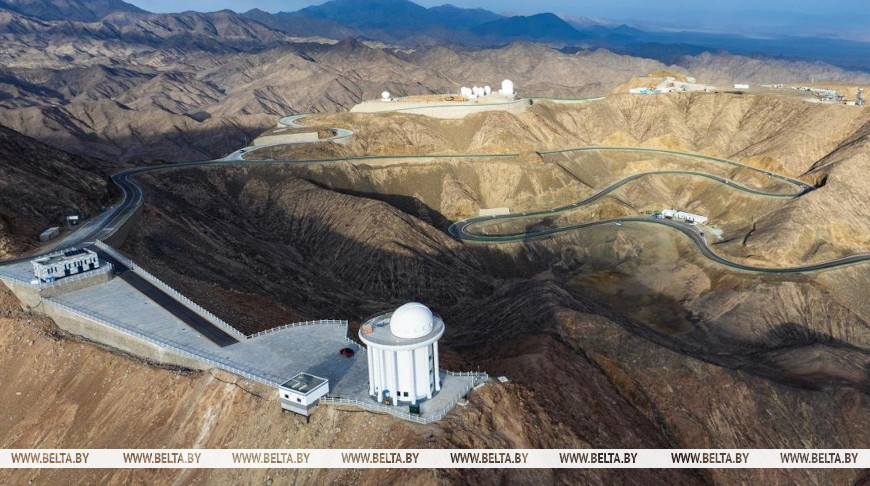Photo: Global Times / iStok
magnetic-field telescope operating in the mid-infrared wavelength range
has officially become operational after gaining government approval,
marking a major breakthrough in solar magnetic field research.
The
telescope, known as the Accurate Infrared Magnetic Field Measurements
of the Sun, or AIMS, is located in Lenghu township, Qinghai province, at
an average altitude of about 4,000 meters. AIMS’ development addresses a
long-standing bottleneck in the century-old history of solar magnetic
field measurements by achieving a leap from indirect to direct
measurement, scientists said.
“The sun, being the only star we
can observe with high precision, has a magnetic field that acts as the
energy switch driving intense solar activities such as flares and
coronal mass ejections. Yet, more than half the sun’s overall magnetic
field manifestations are relatively weak, with strengths of only a few
dozen gauss,” said Deng Yuanyong, a researcher at the National
Astronomical Observatories of the Chinese Academy of Sciences, who led
the telescope’s construction.
Gauss is the unit used to measure the strength of a magnetic field.
“China’s
capabilities in traditional magnetic field measurement approaches have
been on par with international standards, achieving a 100-gauss
precision, which falls short of meeting the requirements for current
solar physics studies, “Deng said.
Scientific evaluations show
that the newly developed telescope can carry out precise measurements of
solar magnetic fields for the first time, with an accuracy better than
the 10-gauss level.
“It is the world’s first solar magnetic-field
telescope operating in the mid-infrared wavelength range and China’s
first astronomical instrument to work in this band, “Deng said.
He
noted that all the key components of the telescope are domestically
produced, enhancing China’s capacity for independent innovation in
astronomical instrumentation.
By adopting an off-axis optical
system, the telescope reduces the impact of high environmental
background noise in the mid-infrared wavelength range. Combined with
cooling and filtering technologies, this design improves the accuracy of
magnetic field measurements.
The telescope also employs an
infrared-separating spectrograph that enables spectroscopic imaging of
the solar atmosphere with high spectral resolution. In addition, the
research team has developed a pioneering polarization modulation
technique and built a polarization-aberration-free optical system
composed of five reflective mirrors to eliminate instrumental
polarization errors.
“The telescope is expected to operate year
round, weather permitting, with an anticipated 250 days of observation
annually. The data collected will support fundamental research in solar
physics and advance studies in space weather forecasting,” Deng said,
adding that he hopes to promote international collaborations with
leading research teams in the field.



